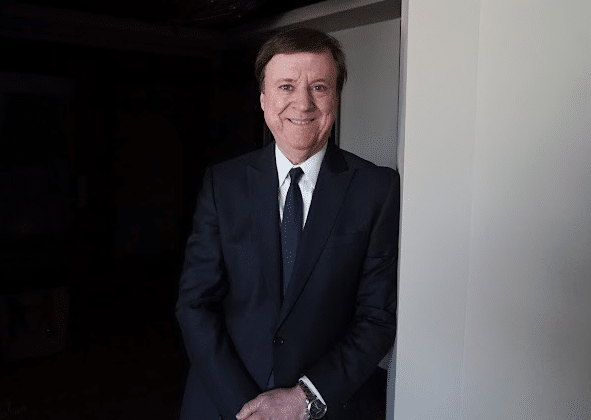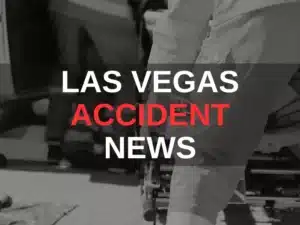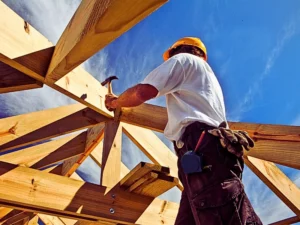Las Vegas, NV (February 13th, 2024) – The parents of a nine-year-old girl who died in a 2019 bounce house accident are now supporting a bill for a Nevada state law bearing her name to create stricter regulations for the devices.
Bounce houses, while a source of joy and entertainment for children, are inherently subject to risks. Their very nature – large, inflated structures subject to wind and unpredictable movement – makes them hazardous if proper safety precautions are not meticulously followed.
How Inadequate Safety Standards Contribute to Bounce House Accidents
Unfortunately, the current landscape of safety regulations is often criticized as insufficient and inconsistently enforced, contributing to a higher risk of accidents. Several factors highlight the inadequacy of current safety standards.
Inconsistent State Regulations
The lack of comprehensive oversight for inflatable entertainment devices, like bounce houses, leaves much of the regulatory burden to individual localities. Consequently, there’s a patchwork of varying standards. Some counties, such as Clark County, impose relatively stringent regulations, while others have more lax or even non-existent regulations. With a significant disparity in safety protocols across the state, it can be difficult for manufacturers, operators, and even consumers to understand and adhere to best practices.
Enforcement Challenges
The regulation inconsistencies can also make enforcement an issue. Budget constraints, limited resources, and a lack of specialized training for inspectors can hinder effective oversight. Consequently, there may be less frequent inspections, overlooked safety violations, and a general lack of accountability within the industry. Furthermore, the rapid growth of the inflatable amusement industry has arguably outpaced the development of robust regulatory frameworks, leaving gaps in coverage and making it challenging for regulators to keep up with evolving technologies and designs.
Insufficient Standards
Even where they exist, the standards themselves are often considered insufficient. For example, current regulations may not adequately address the risks posed by wind conditions. A bounce house that’s safely anchored on a calm day might become a dangerous projectile in even moderately strong winds.
While attending a birthday party in 2019, Lizzy Hammond and her brother were playing in a bounce house with two other children. A 17 mph gust of wind lifted the bounce house 10 feet off the ground. The bounce house struck nearby power lines, creating an arc of electricity. The inflatable was not weighted down, which the girl’s mother believes would have prevented the fatal accident.
Lack of Standardized Operator Training
Operator training is also a crucial factor. Proper training should cover everything from site selection and setup to emergency procedures and recognizing hazardous conditions. Unfortunately, the level of training required for bounce house operators varies widely, and in some cases, is almost non-existent. Such lack of standardized training can lead to operators who are ill-equipped to handle emergencies or to identify and migrate potential risks.
The accident in Las Vegas, like many others before it, highlights the dangerous consequences of these inadequacies. Whether the specific cause was improper anchoring, unexpected wind gusts, or a combination of factors, the tragedy underscores the urgent need for a more comprehensive and consistent approach to bounce house safety.
Calls for Stricter Safety Regulations in the Inflatable Amusement Industry
In the wake of the 2019 bounce house accident and others like it, legislation has been introduced that is aimed at strengthening safety regulations. If passed, “Lizzy’s Law” would establish comprehensive safety regulations for bounce house operations in Nevada. The mandates proposed in the bill include:
- Anchoring Requirements: Operators must securely anchor inflatables to prevent displacement during use.
- Wind Speed Restrictions: Operations are prohibited under certain wind conditions to ensure user safety.
- Permitting and Licensing: Operators are required to obtain proper permits and licenses, ensuring compliance with the safety standards.
- Insurance Coverage: Operators must carry adequate insurance to cover potential injuries or damages.
- Safety Inspections: Regular inspections of equipment are mandated to identify and rectify any safety hazards.
“Lizzy’s Law” also specifies that failing to follow the regulations as outlined constitutes negligence.
Can Families Seek Justice After Bounce House Accidents?
Families, such as the family in Las Vegas, who have lost loved ones or whose children have been injured in bounce house accidents have legal recourse to seek justice. The brother of the girl who died in the Las Vegas bounce house accident suffers from post-traumatic stress disorder due to the experience.
Depending on the circumstances of the accident, several avenues may be available for victims and their families:
Negligence Claims
The most common type of claim in bounce house accidents is negligence. To prevail in a negligence lawsuit, the family must prove that the bounce house operator, manufacturer, or property owner had a duty of care to ensure the safety of users, that they breached that duty through their actions or omissions, and that this breach directly caused the accident and resulting injuries or death.
Premises Liability Claims
If the accident occurred on someone else’s property, such as a fairground or event venue, the family may be able to pursue a premises liability claim against the property owner. Such claims typically focus on whether the property owner created or failed to address a dangerous condition that contributed to the accident. A premises liability lawyer may help them determine if they can sue a hotel, or other venue where the bounce house accident occurred, for injuries.
Wrongful Death Claims
In cases when a bounce house accident results in a fatality, the family can file a Las Vegas wrongful death lawsuit to recover damages for their loss. Such damages may include funeral expenses, lost income, and emotional distress.
Pursuing a legal claim after a bounce house accident can be a complex and emotionally challenging process. It is essential for families to consult with an experienced personal injury attorney who handles these types of cases. A lawyer can investigate the accident, gather evidence, and help the family navigate the legal system to seek the compensation and justice they deserve.
Having more than 30 years of experience and having handled more than 50 trials, our attorney at George Bochanis Injury Law Offices understands the hardships that accident injuries involving children can place on their families. If your child was injured in an inflatable bounce house accident, contact personal injury lawyer George Bochanis today to discuss your rights and legal options. 702-388-2005.




